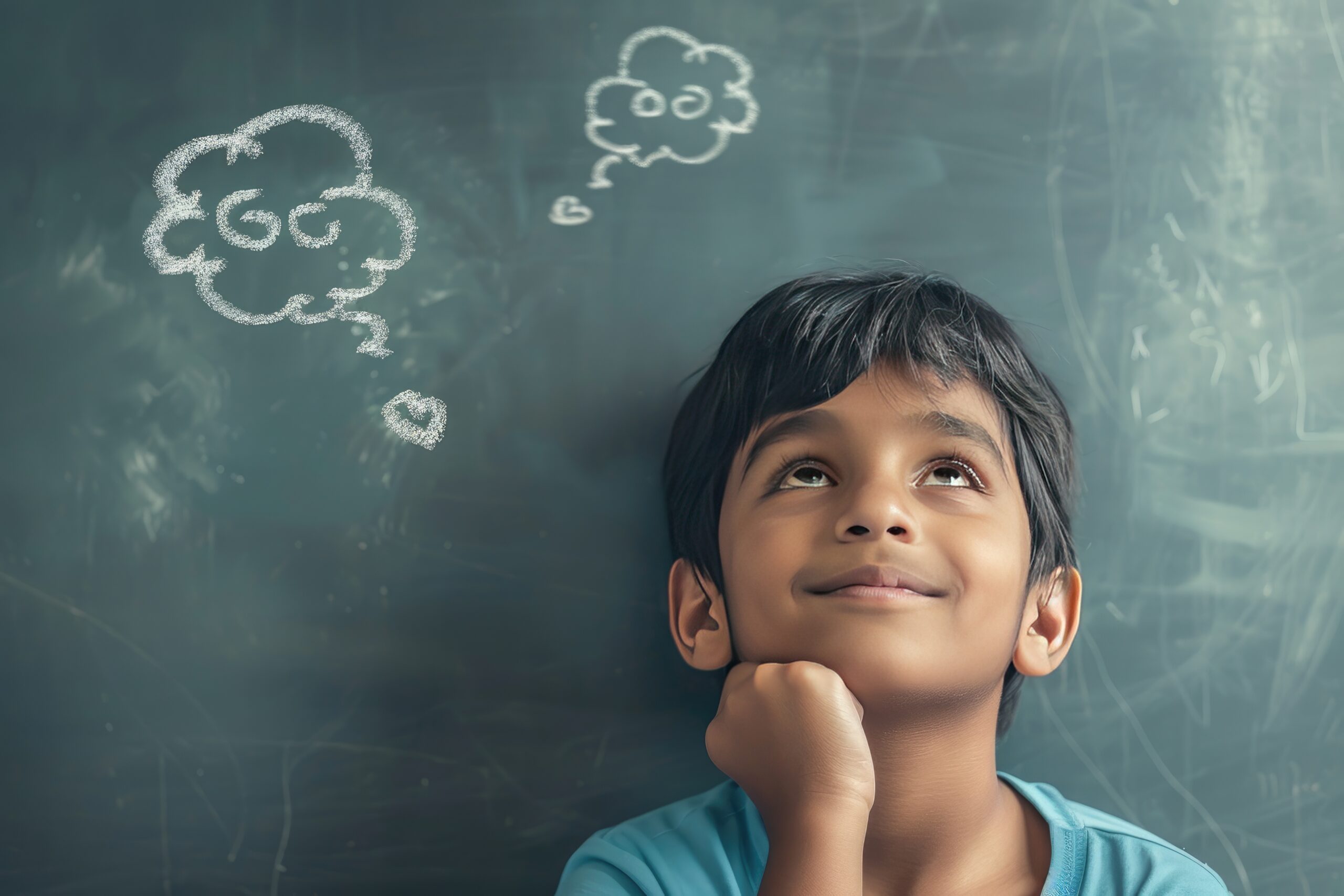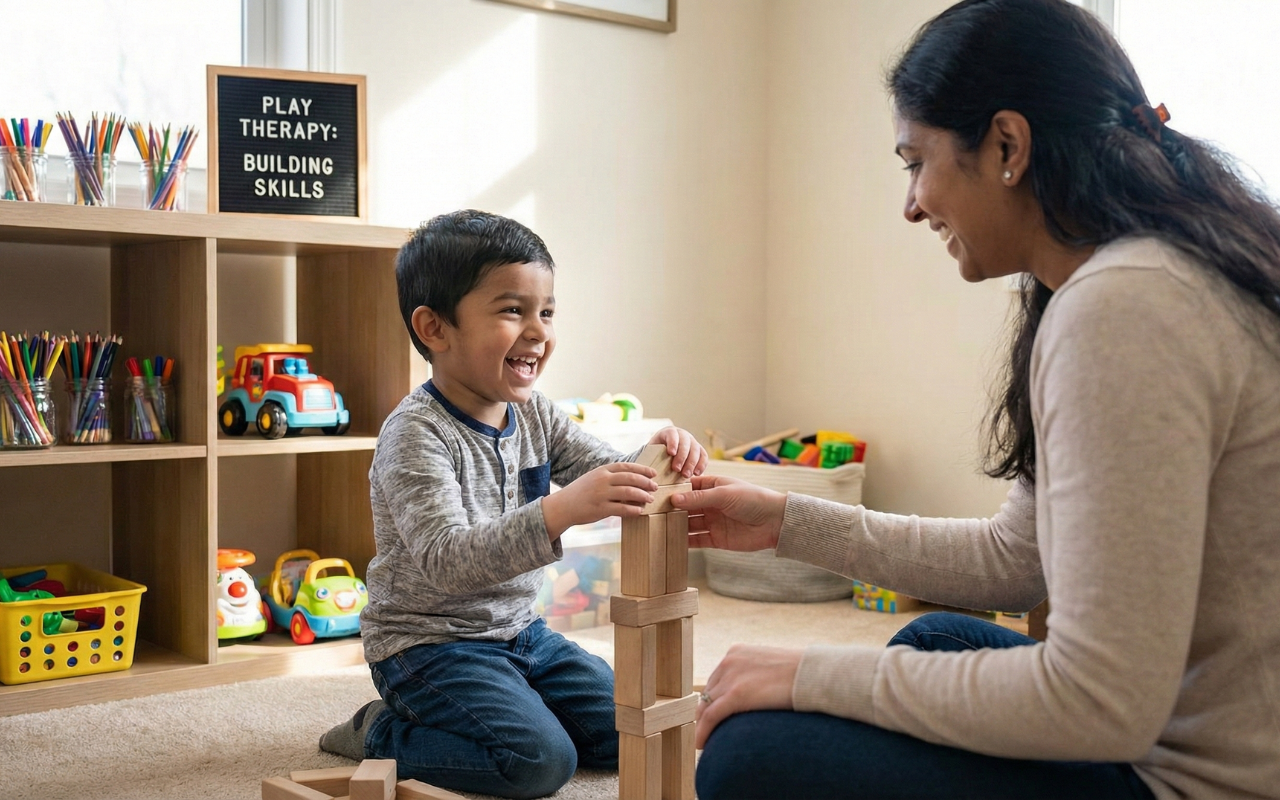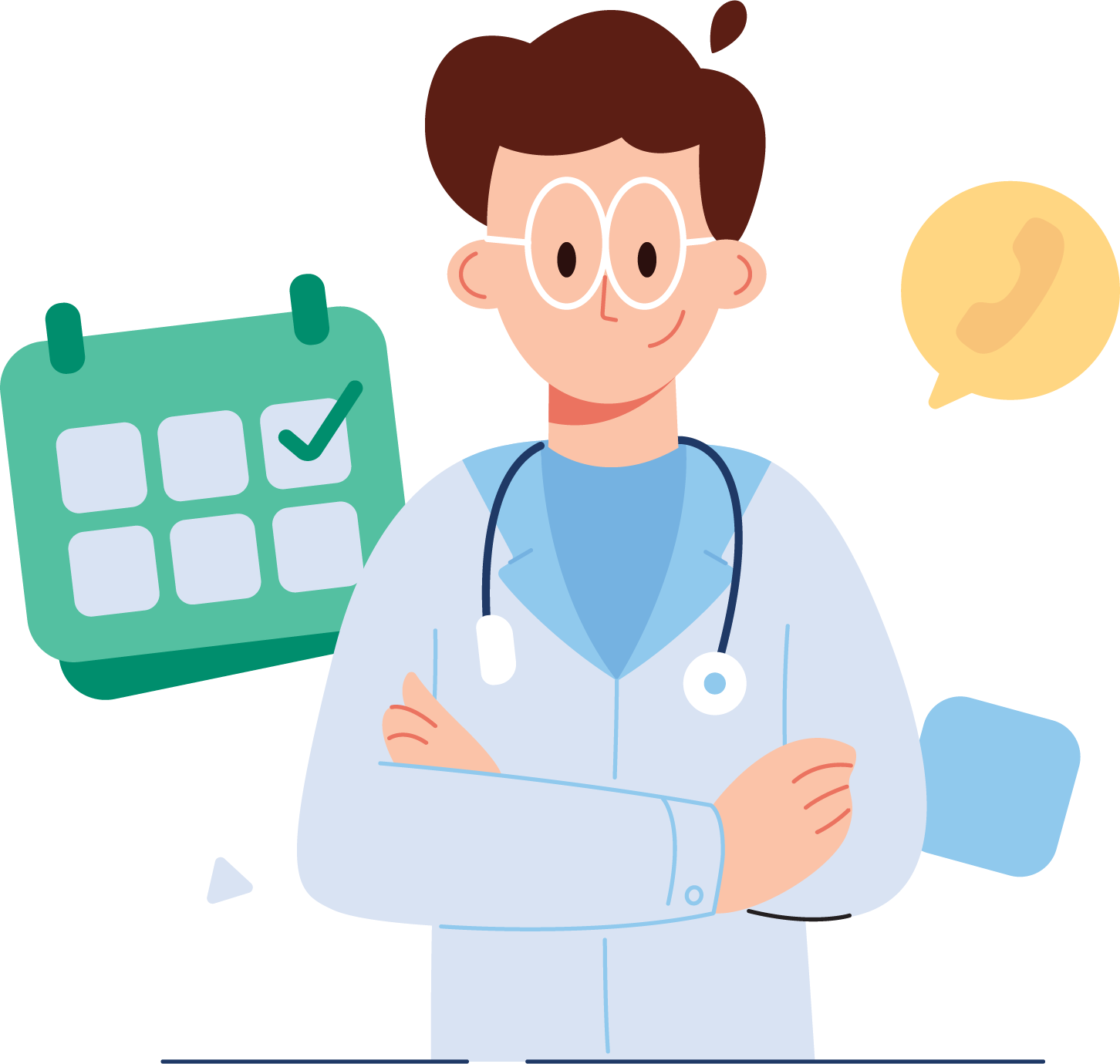Attention-Deficit/Hyperactivity Disorder (ADHD) is one of the most common neurodevelopmental conditions in children. It can affect attention, impulse control, and activity levels, often impacting school performance, social skills, and self-esteem. While medication can be helpful for many, parents increasingly seek non-medication approaches to manage symptoms.
At Samvedan Child Development Center, Dr. Purva Shah works closely with families to implement proven, practical strategies that help children thrive. These approaches focus on building life skills, creating supportive environments, and encouraging positive behaviors without relying solely on medication.
Understanding ADHD in Children
ADHD in children usually presents in three ways: predominantly inattentive, predominantly hyperactive-impulsive, or a combined type. Symptoms might include difficulty concentrating, fidgeting, acting without thinking, and trouble following instructions.
Non-medication ADHD treatment aims to help children develop coping mechanisms, self-control, and confidence. It’s not about “fixing” the child but about giving them tools to navigate challenges successfully.
1. Behavioral Therapy for Lasting Change
ADHD therapy often starts with behavioral interventions, which teach children to recognize their behaviors and make conscious choices. The focus is on reinforcing positive actions and reducing disruptive ones through consistent, structured guidance.
Parents are deeply involved in this process. For example, Dr. Purva Shah often recommends a reward chart system where children earn points for completing tasks like homework or following directions. These points can be exchanged for small rewards, encouraging repetition of good behavior. Over time, these reinforcements become habits.
A key advantage of behavioral therapy is that it empowers the child with self-awareness, helping them understand what triggers certain behaviors and how to respond differently.
2. Creating Predictable Routines
Children with ADHD often find comfort and success in structured environments. A consistent routine reduces anxiety, improves focus, and makes daily transitions smoother.
Practical ways to establish routines include:
-
Fixed schedules for waking up, meals, homework, and bedtime
-
Visual planners with pictures or colors to guide daily activities
-
Breaking big tasks into smaller, manageable steps
-
Clear, simple instructions to avoid confusion
At Samvedan Child Development Center, parents receive guidance on setting up a home environment with minimal distractions and clear expectations both of which are crucial for a child with ADHD.
3. Diet and Nutrition Support
While diet alone is not a cure for ADHD, certain foods can support brain health and improve concentration. Nutritional changes can complement other forms of ADHD therapy.
Dr. Purva Shah suggests:
-
Including protein-rich foods like eggs, nuts, lean meats, and legumes
-
Offering complex carbohydrates from whole grains, fruits, and vegetables
-
Limiting processed sugars and artificial additives that may trigger hyperactivity in some children
-
Encouraging hydration to maintain energy levels and focus
Parents can keep a simple food-and-behavior journal to track how diet affects their child’s symptoms, making it easier to identify helpful or harmful foods.
4. Physical Activity to Channel Energy
Children with ADHD often have excess energy that can manifest as restlessness or impulsivity. Regular physical activity is a natural, healthy outlet for that energy and has been shown to improve mood, concentration, and sleep quality.
Engaging in activities like sports, swimming, martial arts, or even regular outdoor play helps children develop discipline, teamwork, and goal-setting skills. Physical activity also stimulates the release of endorphins, which boost mood and reduce stress.
Dr. Purva Shah encourages parents to let children choose activities they enjoy, increasing the likelihood they’ll stick to them long-term.
5. Mindfulness and Relaxation Techniques
Mindfulness isn’t just for adults kids benefit from it too. Simple techniques like deep breathing, guided imagery, and short meditation sessions can help children slow down, manage impulses, and focus on the present moment.
For example, “balloon breathing” (imagining inflating and deflating a balloon with each breath) makes mindfulness fun and relatable for children. At Samvedan Child Development Center, mindfulness practices are adapted to each child’s age and personality, ensuring they remain engaging rather than feeling like a chore.
6. Parent Education and Support
Successful ADHD treatment without medication depends heavily on informed and empowered parents. Understanding ADHD helps caregivers respond with patience and consistency rather than frustration.
Through workshops, individual counseling, and support groups, Dr. Purva Shah provides parents with tools for positive communication, behavior management, and collaboration with schools. This shared knowledge ensures a united approach between home and educational settings.
7. School Collaboration
Since children spend a significant part of their day in school, working closely with teachers is essential. Parents can coordinate with educators to implement classroom strategies like:
-
Preferential seating away from distractions
-
Short, clear instructions
-
Regular movement breaks
-
Positive reinforcement for good behavior
This collaboration ensures the child receives consistent support in all environments, not just at home.
When to Seek Professional Guidance
While non-medication strategies can be highly effective, every child’s needs are unique. Some children may benefit from a combination of behavioral therapy, environmental changes, and if necessary medical intervention.
An early consultation with an ADHD specialist allows for a comprehensive assessment and the creation of a personalized plan. Samvedan Child Development Center offers evaluations, structured ADHD therapy, and ongoing monitoring to ensure progress.







